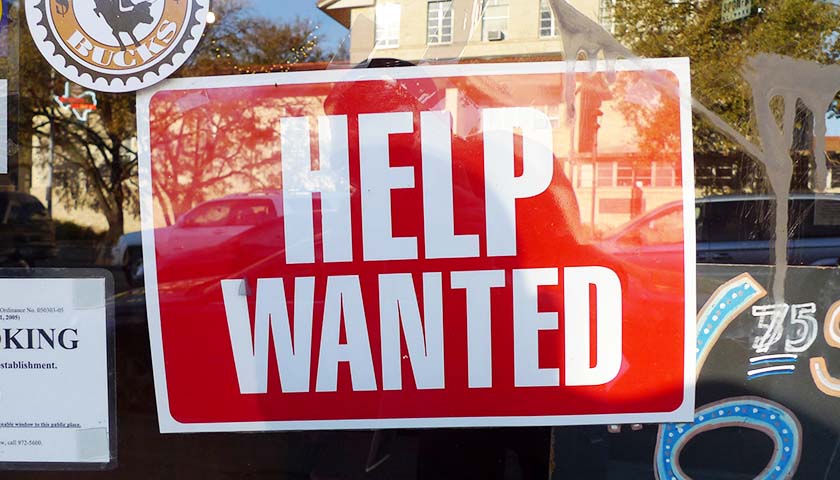‘Minnesota job growth outpaces US, unemployment at 3.3%‘– Duluth News Tribune
‘Jobless rate in Minn. hits pre-pandemic level‘ – MPR News
‘Minnesota jobless rate falls to 3.3%, lowest since pre-pandemic‘ – Fox 9
‘Minnesota Unemployment Rate Fell in November‘– Twin Cities Business
(Center of the American Experiment) — These were some of the headlines in Minnesota’s media covering the monthly jobs data from the Bureau of Labor Statistics (BLS). They paint a pretty rosy picture. So what was the Minneapolis/St. Paul Business Journal reporting with this headline: ‘Minnesota unemployment rate continues to drop, but labor force concerns grow‘?
Read the full story












